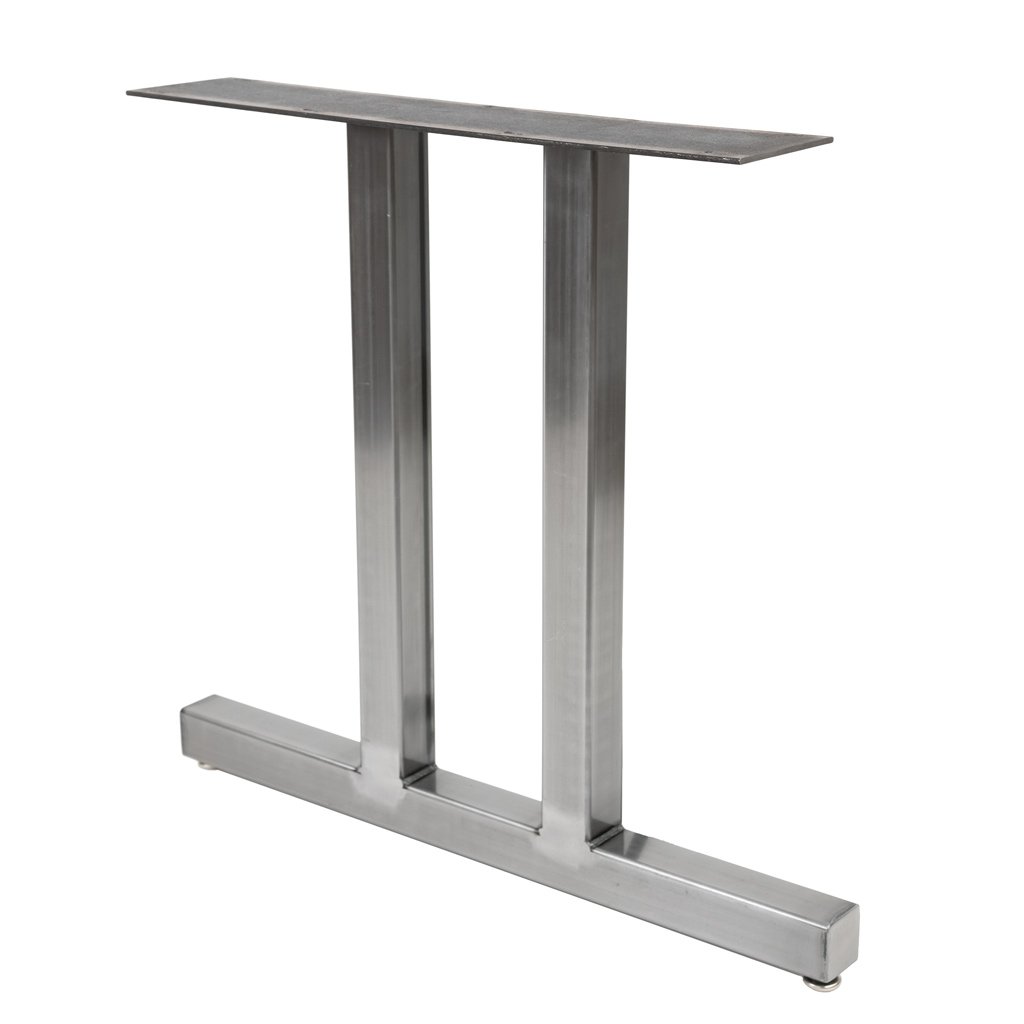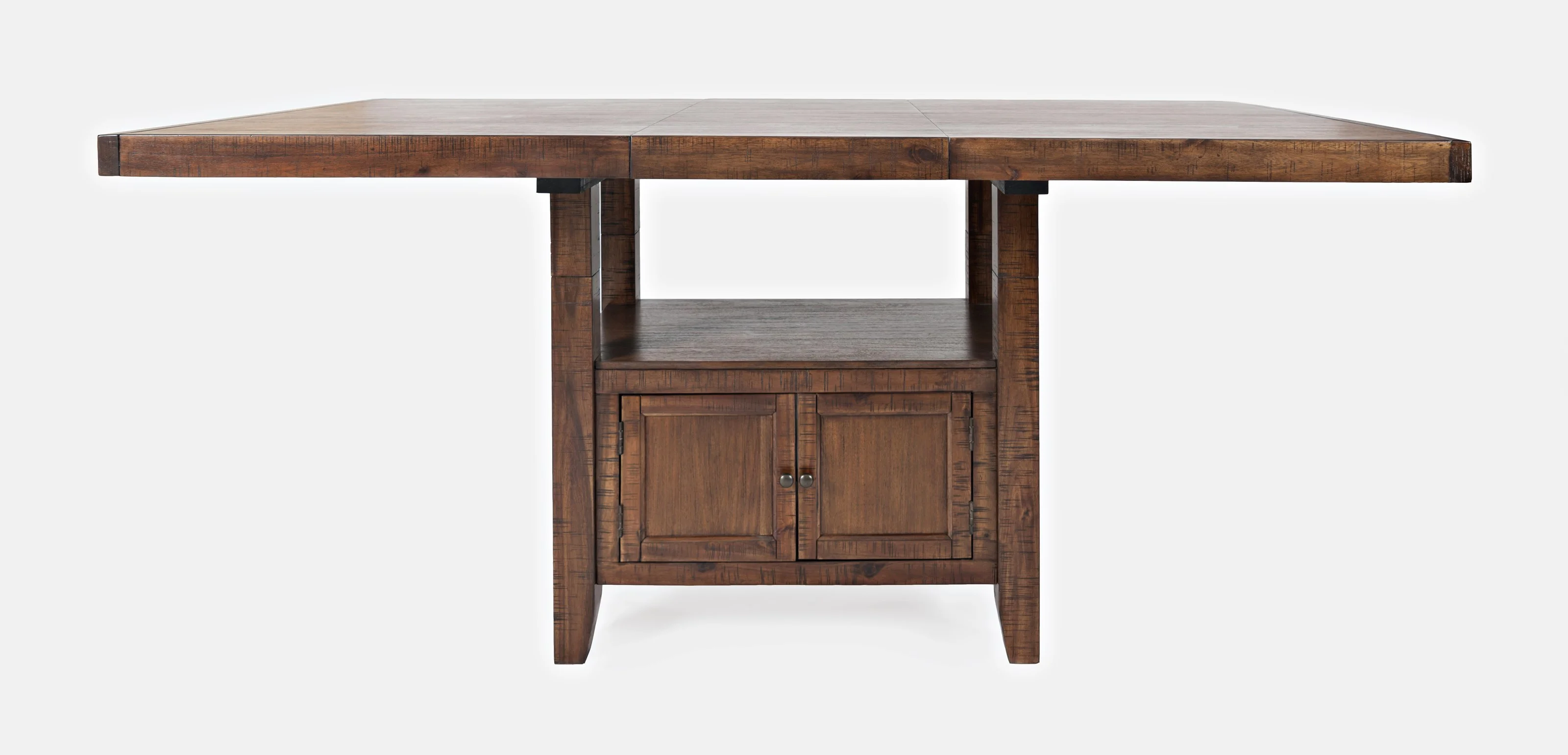Find the Ideal Dining Room Table Legs for Any Interior Design Style
Find the Ideal Dining Room Table Legs for Any Interior Design Style
Blog Article
Specialist Tips for Putting Up Dining-room Table Legs for Optimum Stability
When it involves mounting dining-room table legs, accomplishing maximum security is paramount for both performance and visual appeals. The procedure starts with picking the best products and equipment, followed by thorough placement and factor to consider of weight distribution. Each action plays a crucial duty in making certain that the finished item withstands daily use without endangering safety or style integrity. Recognizing the nuances of these elements can dramatically affect the overall outcome. What particular techniques can enhance security even additionally?
Pick the Right Legs
When picking the proper legs for your dining-room table, it is important to consider both capability and aesthetic appeals. The legs you choose will considerably affect the general style and security of the table. Initially, evaluate the table's intended use; if you expect frequent events, stronger legs, such as those made from strong timber or metal, might be better, as they use boosted resilience and support.
Basic eating tables generally range from 28 to 30 inches in elevation, so make certain the legs straighten with this requirement for convenience. Conical legs can add a modern touch, while transformed legs might communicate an extra timeless aesthetic.

Select Appropriate Equipment
How can the ideal equipment enhance the security and durability of your eating room table? The option of appropriate equipment is vital to guaranteeing that the legs of your table are securely attached and able to endure regular use. High-grade screws, bolts, and braces provide the required toughness to sustain the weight of the table, along with any type of added tons placed upon it throughout meals or gatherings.
When choosing screws, choose those made from durable products such as stainless-steel or brass, which withstand deterioration and maintain honesty with time. The length of the screws is just as crucial; they ought to permeate deeply into the table's structure without jeopardizing integrity. For bolted connections, consider making use of lock washers to stop loosening up because of resonance or movement.
In addition, making use of edge brackets can include extra support, particularly for larger tables or those with much heavier tops. These braces disperse weight equally and assist maintain the table's shape. Guaranteeing that the hardware you pick is ideal for the particular materials of your table will better boost its general stability and longevity, enabling you to appreciate your eating experience for several years ahead.
Ensure Correct Positioning
Appropriate alignment of eating area table legs is necessary for both visual charm and practical stability. Misaligned legs can bring about an unequal tabletop, which might not only be aesthetically uninviting but likewise compromise the table's functionality. To achieve optimum placement, start by measuring the range from the table's edges to the leg attachment factors. This ensures that each leg is positioned equidistant from the sides, producing a well balanced look.
Utilize a level during setup to validate that each leg is vertical to the tabletop. This action is essential, as also small inconsistencies can rise right into considerable stability issues in time. It is advisable to mark the desired leg placements on the underside of the table with a pencil or masking tape before protecting them. This practice acts as a visual guide, allowing for modifications as required.
Furthermore, confirm the alignment after the initial screws are tightened up, as modifications might be required prior to totally safeguarding the hardware. By focusing on correct positioning, you not only boost the table's general style but additionally make sure that it stays stable and useful for several years ahead.

Consider Weight Distribution
After ensuring proper alignment of the dining space view publisher site table legs, it's crucial to think about weight distribution to boost stability and capability. dining room table legs. Appropriate weight circulation is essential in protecting against guaranteeing and wobbling that the table can support its intended tons without risk of tipping or breaking down
When placing the legs, guarantee they are placed at equal ranges from the center of the table to evenly distribute the weight throughout the framework. Think about the weight of the table top and any type of things that will often relax on it, such as ornamental items or tabletop devices. Tables with heavier surface areas should ideally have legs positioned closer to the corners, as this makes best use of the base of support and lessens the threat of instability.
Additionally, if the table article is intended for try this website usage in a high-traffic area, take into consideration using much heavier materials for the legs or including stabilizing elements, such as cross-bracing or a lower shelf - dining room table legs. These modifications can aid keep balance and avoid changing throughout usage. Ultimately, a well-considered weight circulation approach will significantly enhance the table's total efficiency, guaranteeing it continues to be a eye-catching and useful centerpiece for your eating space
Test Stability Before Use
Evaluating the stability of the dining-room table before use is an essential step that needs to not be ignored. Ensuring that the table is secure and steady can protect against crashes and lengthen the life expectancy of the furniture. Begin by using gentle stress to different points on the table surface area. Lower on the center and after that along the sides, changing or observing any wobbling. Recognize the legs or joints that might need modification. if the table reveals instability.
Next, examine that all screws and fasteners are tightened up effectively. Loosened links can bring about instability and possible damages with time. If needed, use timber adhesive on joints to boost stability, making certain to permit adequate drying out time.

Final Thought
Finally, the installation of dining room table legs requires cautious factor to consider of products, weight, equipment, and positioning circulation to accomplish maximum stability. By picking tough legs and high-quality bolts, guaranteeing specific placement, and dispersing weight uniformly, the architectural integrity of the table can be substantially boosted. Conducting a stability test prior to normal usage additionally makes certain that the table will endure day-to-day stress, consequently providing a secure and trustworthy eating experience.
When it comes to mounting eating area table legs, attaining optimum security is paramount for both capability and aesthetic appeals. The legs you select will considerably affect the total style and stability of the table (dining room table legs). Basic eating tables commonly vary from 28 to 30 inches in height, so guarantee the legs straighten with this criterion for convenience.Correct positioning of eating area table legs is important for both aesthetic charm and practical stability.In final thought, the setup of dining space table legs needs mindful factor to consider of products, weight, placement, and hardware distribution to achieve optimum security
Report this page